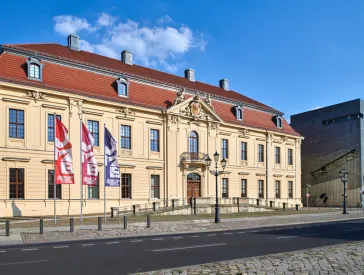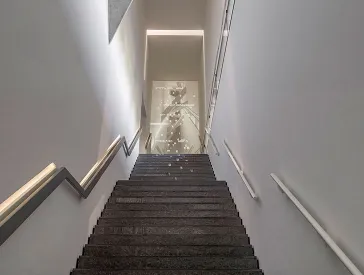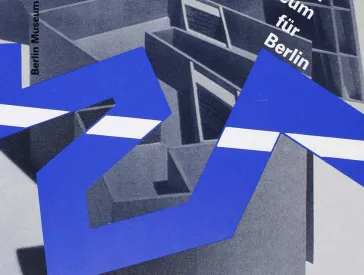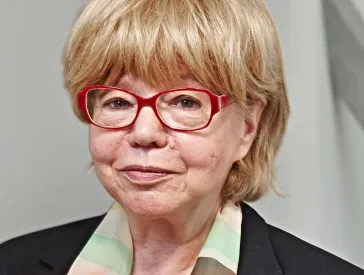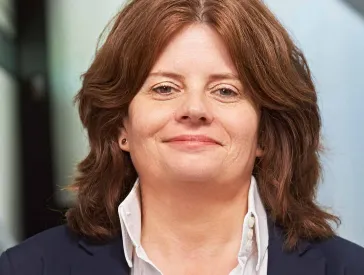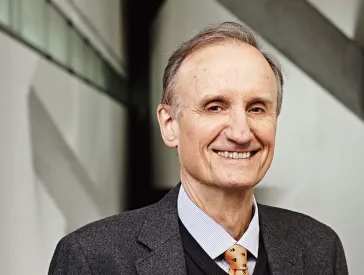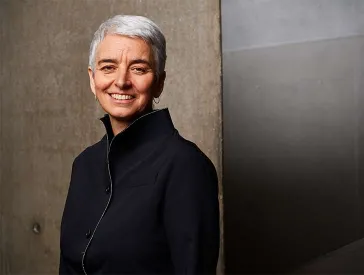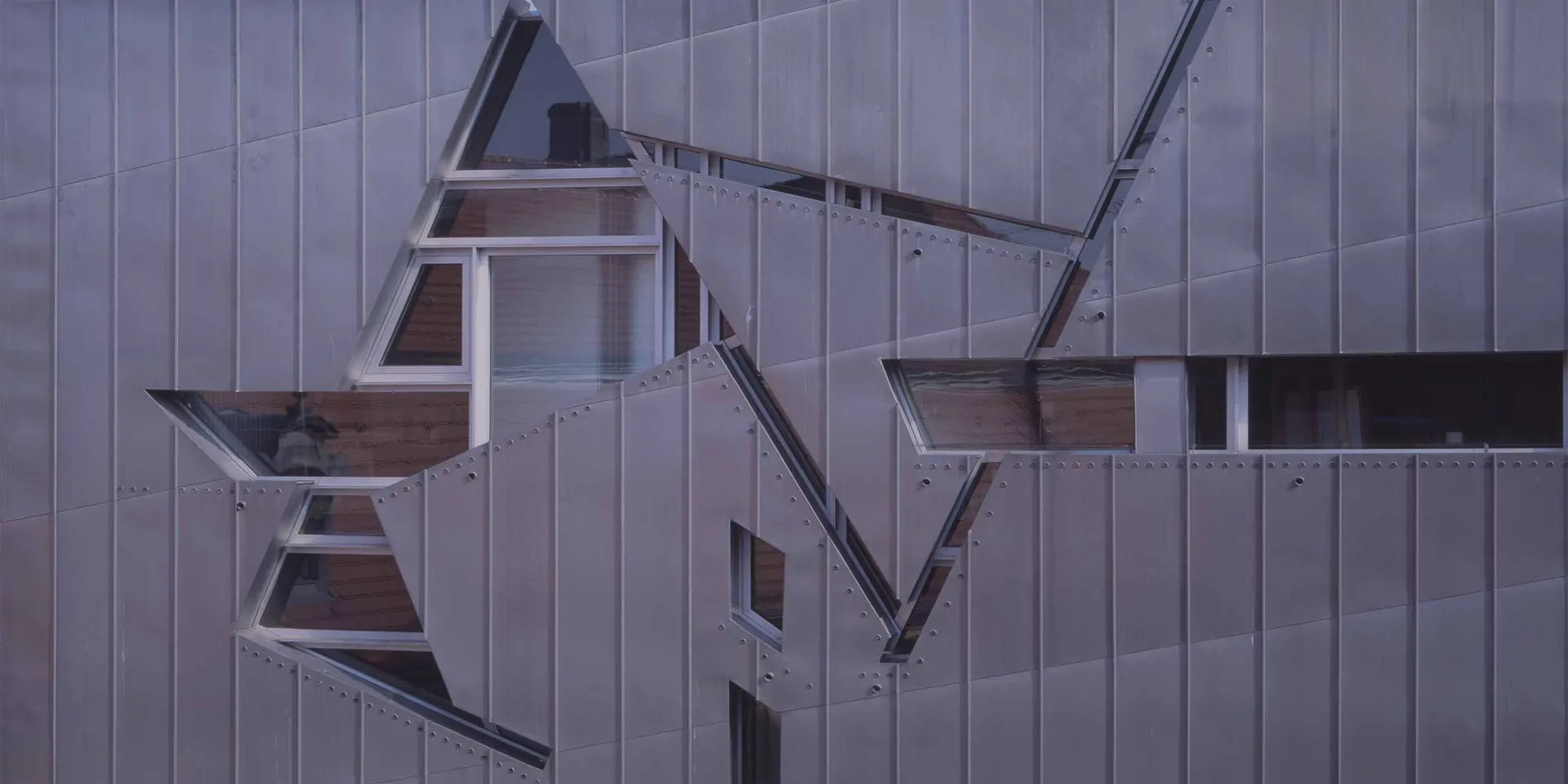
The History of the Jewish Museum Berlin
The Jewish Museum Berlin opened in 2001. The idea to found a Jewish museum originated in the western part of Berlin in the period before the fall of the Berlin Wall in 1989. The journey from the basic idea to the design of the museum’s permanent exhibition was a long one marked by many disputes.
The original plan was to make the museum a department of the Berlin Museum, owned by the state of Berlin. However, when W. Michael Blumenthal, born in Berlin in 1926, was appointed director, this plan was abandoned. Blumenthal, who had emigrated to Shanghai at the age of thirteen and later to the United States, fought for and secured the institution’s independence. In 2001, responsibility for the Jewish Museum Berlin passed to the German federal government and the museum became a foundation under direct federal supervision.
Exhibition Design and Museum Opening
At the same time, the Jewish Museum Berlin became the sole occupant of the building complex on Lindenstrasse, comprising the old baroque building that had previously housed the Berlin Museum, and the addition designed by Daniel Libeskind.
Kenneth C. Gorbey, a New Zealand-born anthropologist and museum manager, and his colleague Nigel Cox designed and coordinated and set up the permanent exhibition. Gorbey and Cox had been involved in creating and planning Te Papa, New Zealand’s national museum.
The Jewish Museum Berlin opened on 9 September 2001 with a festive concert conducted by Daniel Barenboim. At the subsequent gala dinner, German president Johannes Rau and W. Michael Blumenthal addressed 850 prominent guests from Germany and abroad, active in politics, business, and the arts.
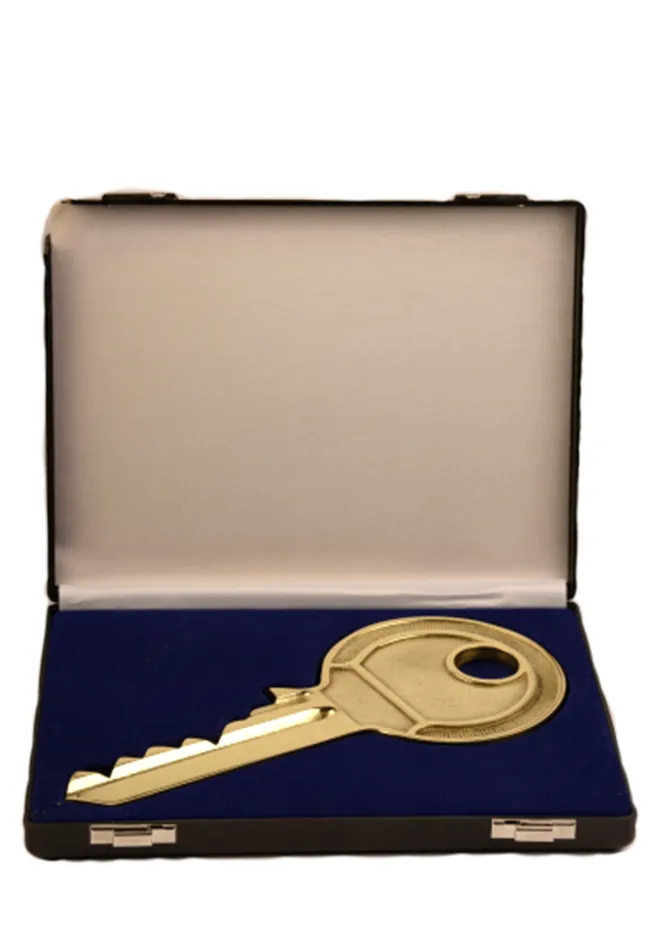 X
X
This symbolic key to the Libeskind building was handed over to W. Michael Blumenthal on 22 January 1999 by Peter Radunski, senator of culture at the time, in the presence of Daniel Libeskind and Jürgen Klemann, senator of construction for Berlin; Jewish Museum Berlin.
The public opening was scheduled for 11 September 2001, but had to be postponed by two days due to the terrorist attacks on the World Trade Center in New York City.
Upon the museum’s grand opening, the multimedia Rafael Roth Learning Center also opened in the basement of the Libeskind building. Until its closure in March 2017, it was a place for visitors to discover Jewish history and culture at twenty computer stations with diverse media applications, which featured documents, objects, films, audio recordings, and interactive games (more on the learning center).
Around 700,000 people per year – or roughly 2,000 a day – have visited the Jewish Museum Berlin since its opening in 2001. On 19 November 2015, we welcomed our ten millionth visitor.
After some 15 years, the core exhibition was closed temporarily in December 2017 to bring the concept and design up to date with the latest research and museum standards. In August 2020, after more than a year and a half of reconstruction, the museum opened its new core exhibition Jewish Life in Germany: Past and Present. Spanning 3500 square meters (about 37,000 square feet), it portrays the history of Jews in Germany from the Middle Ages to the present with new thematic focuses and new scenography (more on the new core exhibition).
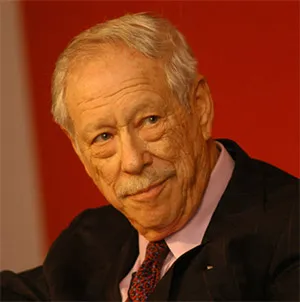
The founding director of our museum, W. Michael Blumenthal, about the construction and opening of the Jewish Museum Berlin (in German).
Innovative Approaches to Education and Research
From the outset, the museum has focused on educational work. From 2007 to 2018, our educational initiative “on.tour – The JMB Tours Schools” visited schools in all of Germany’s states with a tour bus and a mobile exhibition (more on our first on.tour program). From 2019 to 2021, we were on the road with a variety of workshops themed around the new Jewish Places website (more on those outreach programs), and from 2022 we are touring with new formats to accompany the new core exhibition (more on our current on.tour program). In addition, the Education Department designs materials for school lessons.
A database of the museum’s holdings went online in November 2012 at http://objekte.jmberlin.de (only in German).
A new building by Daniel Libeskind was opened in 2012 – the Academy of the Jewish Museum Berlin. The related academy programs were launched in 2013 and consist of the Jewish-Islamic Forum and a thematic focus on migration and diversity.
In June 2021, the museum opened ANOHA Children’s World. The children’s museum welcomes preschool and elementary school kids to explore, play, and try things out. ANOHA was newly constructed inside a former wholesale flower market, across the street from the main museum building, and encompasses 2,700 square meters (more about ANOHA Children’s World).
Our Management
W. Michael Blumenthal, who was instrumental in creating and further developing the museum, stepped down as director in September 2014. In 2015, the Jewish Museum Berlin presented its founding director with the Prize for Understanding and Tolerance and in January 2016 it renamed the Academy the W. Michael Blumenthal Academy in his honor.
From 2014 to 2019, the internationally renowned Jewish Studies scholar Peter Schäfer served as Director of the Jewish Museum Berlin. After many years as the Program Director and Deputy Director, in 2017 Cilly Kugelmann was replaced by Léontine Meijer-van Mensch, who occupied this dual role until 2019.
The curator and museum manager Hetty Berg has directed the museum since 1 April 2020.
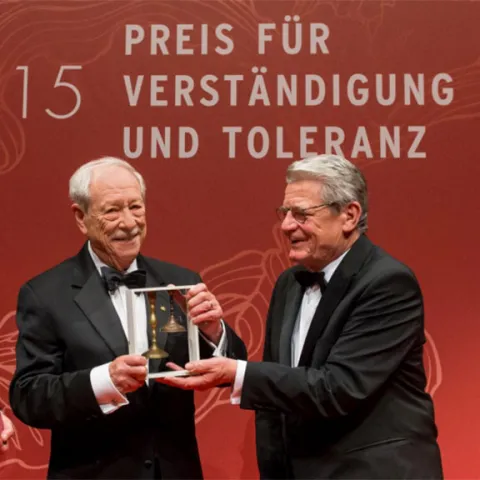
Here you can find an audio recording of W. Michael Blumenthal's speech (in German) after being awarded the 2015 Prize for Understanding and Tolerance. He speaks about his history with the Jewish Museum Berlin, as well as current politics and the museum's new projects. His joy over the award was overshadowed by the terrorist attack in Paris the day before.
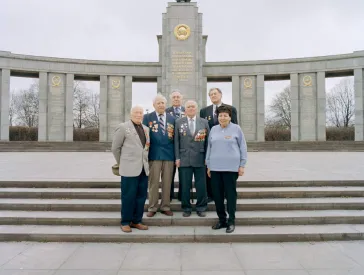
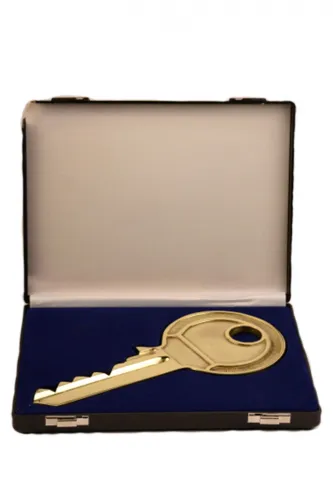
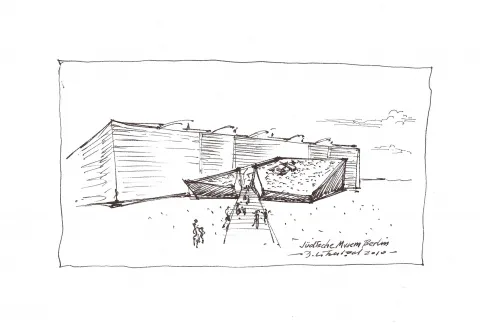
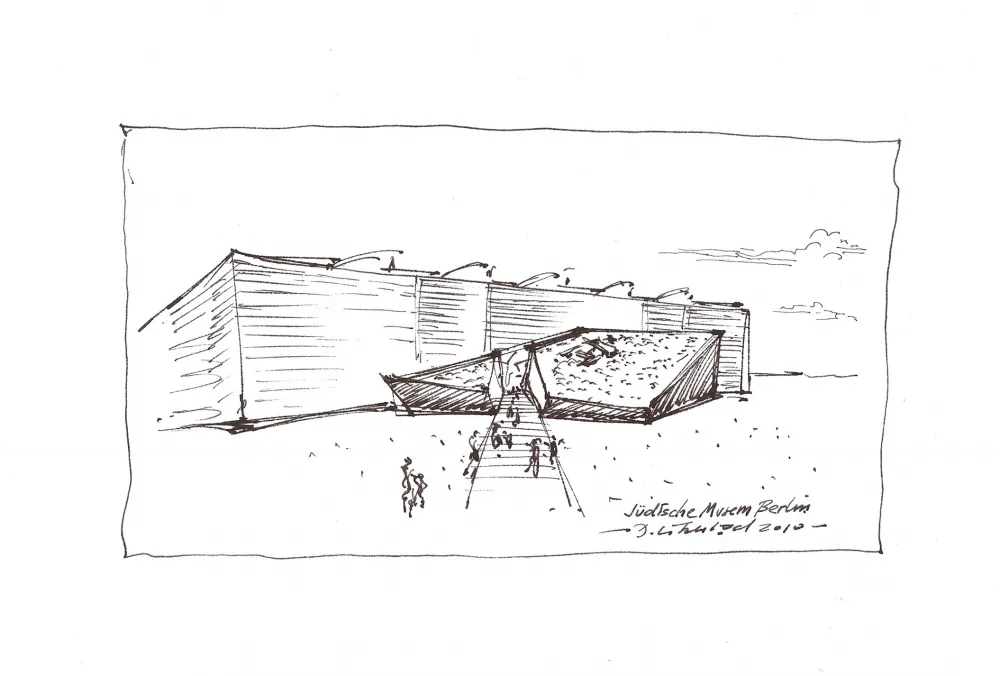 X
X
